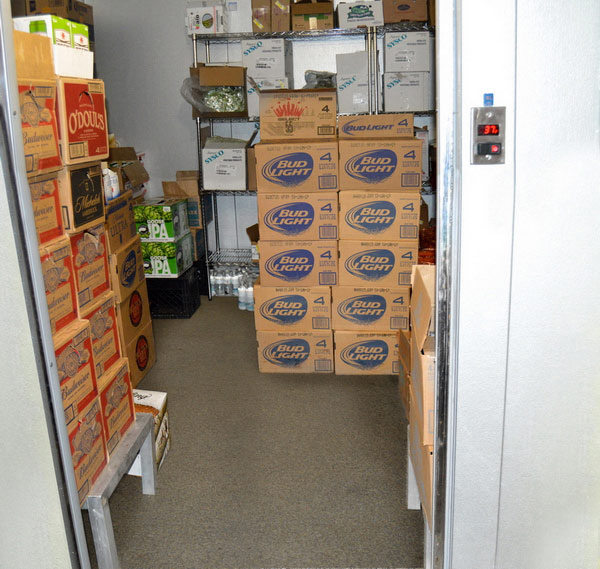If you are searching for a durable flooring system that can cope with the heavy traffic and wear and tear of a busy commercial, industrial, or retail facility, you’ll know there are many options that all promise to meet your requirements.
Epoxy resin floors often win out as they offer the longevity and easy maintenance that facility managers desire for their commercial flooring. They also offer additional benefits, including a seamless, waterproof finish and fast, easy installation.
But which type of epoxy floor should you choose? How does a pure epoxy system compare with a silicone-epoxy hybrid floor?
At first glance, both options appear to be very similar, but when you compare them side-by-side, the differences become apparent. If you’re unsure of your options, read on to discover why we believe silicone-epoxy hybrid floors are a bad choice.
Why is silicone added to some epoxy floors?
Silicone is an elastomer (“elastic polymer”) that is commonly used in the manufacture of organic rubber. It is thought that by adding silicone to acrylic epoxy the substance becomes more malleable and less prone to cracking.
It’s a good theory and can work just fine for many applications, but when it comes to flooring, the hybrid formula causes more issues than it solves.
Silicone products are thermoplastic
A thermoplastic product becomes soft when it is heated and hardens when it cools. This is great for products like plastic bottles—their thermoplastic properties make them easily recyclable—but it’s not good news for silicone-epoxy hybrid floors.
Silicone floors have the ability to withstand very high temperatures; however, the exposure to heat can cause the floor to become more pliable and prone to warping. A warped floor causes a myriad of issues for facility managers, such as increased risk of tripping or increased effort to move heavy loads across the uneven surface.
Everlast® Epoxy resin floors also have a high resistance to extreme temperatures, but they have the added advantage of maintaining their rigidity without warping.

Choose a floor with strong adhesion
Some experts say that a silicone-hybrid floor can add to the strength of the system, which is largely true. However, what they don’t tell you is that this is achieved at the expense of the adhesive properties. At best, a silicone-epoxy hybrid floor will need an additional coat of adhesion-improving primers, and at worst, your floor will lift and need to be replaced in a short period of time.
A pure epoxy floor will provide the adhesion required to bond the flooring to the substrate. Everlast® Epoxy floors act as a natural epoxy “glue”—and because they are pourable and trowelable, they vulcanize with the base layer and fuse them together.
The result is a nonporous, self-containing level floor that needs no adhesion-improving primer.

Choose pure epoxy for a stable floor
There are plenty of innovative uses for silicone. It’s successfully used in the production of everything from swimming goggles to baby pacifiers—but we believe it’s not the right material to provide a stable flooring system.
Our Everlast® Epoxy floors contain no silicones, but that doesn’t mean our systems are inflexible. We use alternative “flexibilizers” that allow our flooring to be pliable without warping or lifting.
If you’re keen to know more about the advantages of a pure epoxy flooring system over a silicone-epoxy hybrid floor, then call our team at (800) 708-9870.
Our flooring experts will be happy to discuss your requirements, make recommendations and send you a free commercial flooring sample so you can see and feel the quality of an Everlast® Epoxy flooring system for yourself.
